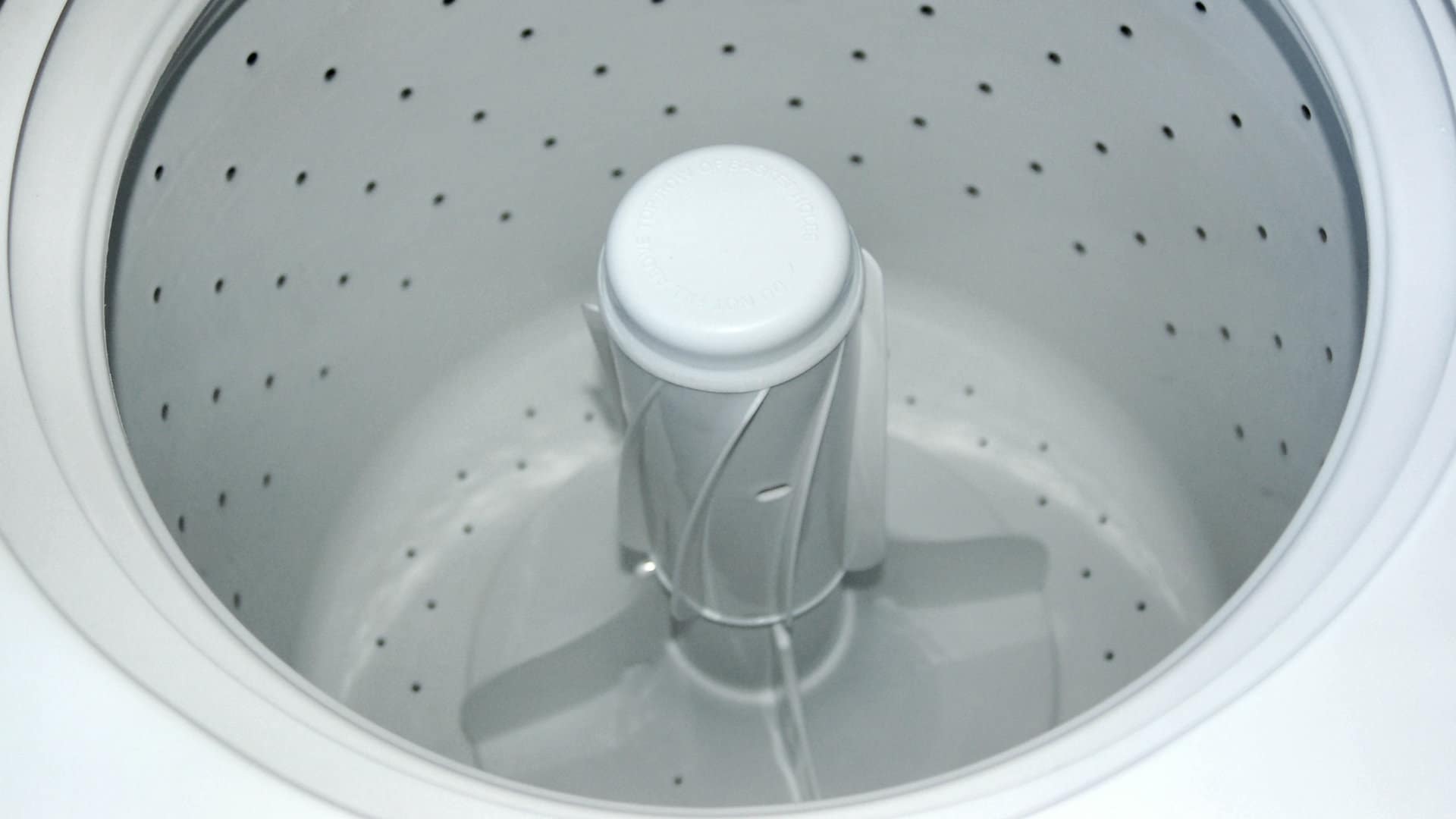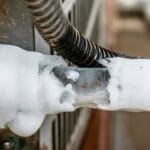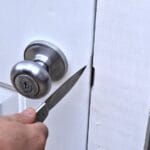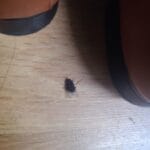Having trouble with your Hotpoint washer? You’re not alone.
Many face issues with their washers from time to time. Understanding the common problems can save you time and money. This guide will help you troubleshoot your Hotpoint washer. From basic fixes to more complex issues, we’ll cover it all.
Washing machines are vital in our daily lives. So, when they malfunction, it can disrupt our routine. Knowing how to diagnose and fix these problems is essential. This blog post will provide clear and simple steps to get your washer back in working order. Let’s dive in and solve those washer woes together.

Credit: www.youtube.com
Washer Not Starting
Is your Hotpoint washer not starting? This issue can be frustrating. But don’t worry. We can solve this with some simple troubleshooting steps. Below, we’ll guide you through two common problems that could be preventing your washer from starting.
Power Supply Check
The first thing to check is the power supply. Make sure the washer is plugged in. Also, check if the outlet is working. Plug another device into the same outlet. If the device doesn’t work, the outlet might be the problem. Reset any tripped circuit breakers. Also, check if the washer’s power cord is damaged. If it looks worn out, it might need replacing.
Door Latch Issues
Another common issue is the door latch. The washer won’t start if the door isn’t closed properly. Inspect the door latch for any damage. Also, make sure there isn’t any debris preventing the door from closing. Sometimes, the latch mechanism can wear out. If you suspect this, consider replacing the latch. Make sure the door is firmly closed before starting the washer.
Water Not Filling
Experiencing a Hotpoint washer that won’t fill with water can be frustrating. This issue can disrupt your laundry routine. Below are steps to troubleshoot the problem. Follow these simple guidelines to identify and fix the issue.
Inspecting Water Supply
First, ensure the water supply to the washer is turned on. Check if the faucets are fully open.
Look for any kinks or bends in the hoses. A blocked hose can stop the water flow. If the hoses are damaged, replace them.
Confirm that the household water pressure is adequate. Low water pressure can affect filling. Use a pressure gauge if needed.
Checking Water Inlet Valve
Next, inspect the water inlet valve. This valve controls the flow of water into the washer.
Use a multimeter to test the valve for continuity. No continuity means the valve is faulty and needs replacing.
Also, check the valve screens for debris. Clean any blockages to ensure proper water flow.
| Step | Action |
|---|---|
| 1 | Ensure water supply is on |
| 2 | Check hoses for kinks or damage |
| 3 | Test water pressure |
| 4 | Inspect water inlet valve |
| 5 | Clean valve screens |
Washer Not Draining
Is your Hotpoint washer not draining? This is a common issue many people face. A washer that won’t drain can be frustrating. It leaves your clothes soaking wet and your laundry routine disrupted. Fortunately, there are simple steps to troubleshoot and fix the problem.
Clogged Drain Hose
The drain hose can get clogged over time. This can prevent water from draining. To check the drain hose:
- Turn off the washer and unplug it.
- Locate the drain hose at the back of the washer.
- Disconnect the hose from the washer and the drain pipe.
- Inspect the hose for any clogs or kinks.
- Use a long brush to clear any blockages.
- Reconnect the hose securely to both ends.
After cleaning the hose, run a short cycle to test the drainage.
Pump Filter Cleaning
The pump filter can also get blocked. Cleaning it can restore proper drainage. Follow these steps to clean the pump filter:
- Turn off the washer and unplug it.
- Locate the pump filter. It is usually at the bottom front of the washer.
- Open the filter cover. You may need a small screwdriver.
- Place a towel or shallow pan under the filter to catch any water.
- Remove the filter and clean it thoroughly.
- Check for any debris inside the filter housing.
- Reinsert the filter and close the cover securely.
Once the pump filter is clean, plug the washer back in and test its drainage.
By following these steps, you can resolve the common issue of a washer not draining. Regular maintenance can prevent these problems and keep your Hotpoint washer running smoothly.
Unusual Noises
Is your Hotpoint washer making unusual noises? It can be alarming to hear strange sounds during a wash cycle. These noises often indicate that something needs attention. Understanding the source of these sounds can help you fix the problem and keep your washer running smoothly.
Balancing The Load
One common cause of unusual noises in a washer is an unbalanced load. When clothes are unevenly distributed in the drum, the washer may shake or make loud banging sounds. This can be easily fixed by balancing the load.
To balance the load, try the following steps:
- Pause the wash cycle and open the door.
- Redistribute the clothes evenly around the drum.
- Ensure heavy items are balanced with lighter ones.
- Close the door and resume the wash cycle.
Balancing the load can often reduce or eliminate unusual noises. If the problem persists, you may need to inspect other parts of the washer.
Inspecting Drum Bearings
If your washer continues to make noise, the drum bearings might be worn out. Drum bearings support the drum as it spins. When they wear out, they can produce a grinding or rumbling noise.
Here are the steps to inspect drum bearings:
- Unplug the washer from the power source.
- Remove the back panel of the washer to access the drum.
- Check the bearings for signs of wear or damage.
- If bearings are worn out, they will need to be replaced.
Replacing drum bearings is a complex task. It may be best to consult a professional if you are not comfortable with this repair.
By balancing the load and inspecting drum bearings, you can address common causes of unusual noises in your Hotpoint washer. Regular maintenance can keep your washer in good working condition and prevent future problems.
Spin Cycle Problems
Hotpoint washers are reliable. But sometimes, they can have spin cycle problems. When the spin cycle isn’t working, clothes come out wet. This can be frustrating.
Load Imbalance
A common cause of spin cycle problems is load imbalance. If clothes are not evenly distributed, the washer can shake. This stops the spin cycle for safety reasons. Make sure to distribute clothes evenly. Avoid washing one heavy item with many light items. Balance is key for a smooth spin cycle.
Motor And Belt Issues
Another possible issue is with the motor and belt. The motor powers the spin cycle. The belt connects the motor to the drum. If the belt is loose or broken, the drum won’t spin. Check the belt for signs of wear or damage. A worn belt can slip or break. Replacing it can solve the problem.
If the motor is faulty, the washer won’t spin. Listen for unusual noises. A humming sound can indicate motor issues. In this case, professional help may be needed. Fixing the motor requires technical skills.

Credit: www.ifixit.com
Leaks And Overflows
Dealing with a leaking or overflowing Hotpoint washer can be frustrating. These issues can cause damage to your home and interrupt your laundry routine. Knowing how to troubleshoot these problems can save you time and money. Here’s how to address leaks and overflows in your Hotpoint washer.
Inspecting Hoses
First, check the water supply hoses. Ensure they are tightly connected. Look for cracks or damage on the hoses. Replace any damaged hoses immediately. This prevents leaks and potential water damage.
Next, inspect the drain hose. Ensure it is securely attached to the washer and the drain pipe. Check for clogs or kinks that might cause overflow. Straighten any kinks and clear any clogs to maintain proper water flow.
Checking Door Seal
Examine the door seal for signs of wear or damage. A damaged seal can cause leaks during the wash cycle. Clean the seal regularly to remove any debris or buildup. Use a damp cloth and mild detergent for cleaning.
If the seal is damaged, replace it. A new seal can prevent leaks and ensure a proper seal during washing. Keeping the door seal clean and intact is crucial for preventing water leaks from your washer.
Error Codes
Encountering error codes on your Hotpoint washer can be frustrating. These codes often indicate specific issues with the machine. Understanding them can help you resolve problems quickly. This section will guide you through interpreting common error codes and resetting your washer.
Interpreting Common Codes
Hotpoint washers display various error codes when issues arise. Here are some common ones:
- F01: Electronic Circuit Board Fault
- F05: Waste Pipe Blockage
- F08: Heater Fault
- F11: Pump Circuit Fault
- F13: Dryer Sensor Fault
If you see these codes, refer to your manual for specific troubleshooting steps. Often, these issues can be resolved with simple fixes.
Resetting The Washer
Resetting your Hotpoint washer can clear error codes and restore normal operation. Follow these steps:
- Turn off the washer and unplug it from the power source.
- Wait for at least one minute.
- Plug the washer back in and turn it on.
- Check if the error code has cleared.
If the error persists, further investigation may be needed. Consult the user manual or contact Hotpoint customer support for additional help.
Maintenance Tips
Keeping your Hotpoint washer in top condition ensures it runs efficiently. Regular maintenance can prevent many common issues. Follow these tips to maintain your washer and keep it functioning smoothly.
Regular Cleaning
Regular cleaning helps prevent mold and odors. Clean the washer at least once a month.
Here’s a simple guide:
- Wipe the drum and door seal with a damp cloth.
- Run a hot water cycle with 2 cups of white vinegar.
- Leave the door open after use to let it dry out.
Don’t forget to clean the detergent drawer. Remove it and wash it with warm soapy water.
Preventative Measures
Taking preventative measures can extend the life of your washer. Avoid overloading the machine. Overloading puts extra strain on the motor and drum. Here are some tips:
- Sort laundry by weight and fabric type.
- Distribute clothes evenly in the drum.
- Use the right amount of detergent.
Check the hoses regularly for signs of wear or leaks. Replace them every 5 years to prevent flooding.
| Task | Frequency |
|---|---|
| Clean drum and door seal | Monthly |
| Clean detergent drawer | Monthly |
| Check hoses | Every 6 months |
| Replace hoses | Every 5 years |
Maintaining your Hotpoint washer ensures it runs efficiently and lasts longer. Use these tips to keep your washer in top shape.

Credit: academy.fredsappliance.com
Frequently Asked Questions
How Do I Reset My Hotpoint Washer?
To reset your Hotpoint washer, unplug it for 1 minute. Then, plug it back in.
Why Is My Hotpoint Washer Not Spinning?
Check the lid switch. If it’s broken, the washer won’t spin. Replace if needed.
What Does It Mean When All Lights Are Flashing?
Flashing lights often indicate an error code. Refer to the user manual for specific meanings.
Why Is My Hotpoint Washer Not Draining Water?
A clogged drain hose or filter can cause this issue. Clean them to fix the problem.
How Do I Fix A Noisy Hotpoint Washer?
Noises can be due to unbalanced loads. Redistribute clothes evenly or check for loose parts.
Conclusion
Fixing your Hotpoint washer can seem challenging at first. But, with this guide, you’ll have a clearer path. Remember to check for common issues. Follow the steps provided. Keep your washer in top shape with regular maintenance. Call a professional if problems persist.
Your washer will serve you longer. Troubleshooting doesn’t have to be hard. Stay patient and proactive. Happy washing!





